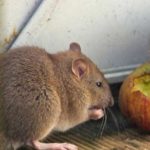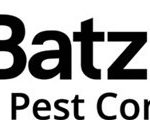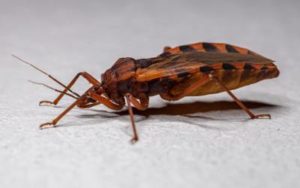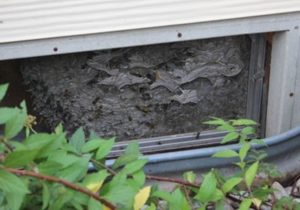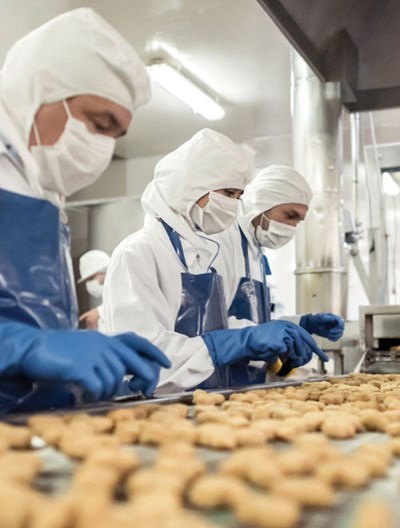
Batzner’s superior knowledge and expertise has helped us provide effective pest control for many clients who had limited to no success with a previous pest control company. Here is one such occurrence, where our thorough inspections and interviewing led to the identification of the source of a phorid fly infestation in a food plant facility after their prior company failed to do so.
If you operate a food plant, you know the importance of pest control. Not all pest control companies provide the same level of protection, however, as one of our current clients discovered. While many companies can offer the basics like putting out bait stations and fly lights, they often fall short in trickier situations that require a more resourceful solution. Fortunately for this client, Batzner was able to step in and use our knowledge and experience to help them pass the high audit standards of the food plant industry.
The Issue
Brenda Borgman, Batzner’s Commercial Sales Manager, describes the problem that the client was experiencing: “The main issue facing this food plant was an abundance of small flies in a few of its production areas. Their old company provided the standard procedure of putting up fly lights and treating in the sump pump area, where the flies were breeding. However, when this proved to be ineffective and not the source of the infestation, they were at a loss for what to do next. This turned into a major problem for the client when a customer audit was nearly failed and they were put on a warning status.”
Step 1- Identification
Once the client realized that their provider at the time was unable to solve their problem, we were asked to examine the situation. Our team of Service Managers and Service Specialists arrived and performed an inspection of the entire production area in order to find the source of the infestation. David Kusnierek, District Manager, recalls that, “Almost immediately, we recognized that the previous company had misidentified the flies as black-eyed fruit flies. They were actually phorid flies, and while the two look very similar, their preferred environments and behavior are very different. Correctly identifying the pest we were dealing with was crucial to discovering where the problem was coming from.”
Step 2- Interview and Inspection
Our team then interviewed the facility maintenance staff to get a history of the building. They discovered that the plumbing ran underneath the floor of several areas that were heavily infested, and that a pipe had burst years ago. This information, combined with the phorid fly identification, made the contaminated soil around the pipe a prime suspect for the source of the infestation. To test their hypothesis, the team drilled strategically-placed holes through the floor slab and discovered that this was indeed where the flies were living and laying their eggs.
Step 3- Treatment
The last step was the treatment itself. Our team recognized that the extent of the infestation would necessitate multiple treatments, and that leaving the holes open would result in many more of the flies entering the production area. To solve this problem, PVC pipes were fitted into the openings in the floor slab with capped ends so that the insecticide could be injected into the infested area without leaving opportunities for flies to escape between applications.
Result
This creative solution not only solved the immediate infestation, but also proved to the client that Batzner is able to go far beyond simply setting and monitoring traps. They recognized the value of our expertise, as our service team had an organized plan of attack ready within a few hours after their inspection. Beyond the treatment, they were also impressed with our documentation processes. Our Client Portal, detailed service and trending reports, and Client Care Binder all vastly exceeded what their previous company had offered, and made the entire pest control process more structured and client-friendly. They have experienced an increased level of service through all aspects of a pest control provider.
Paul Matusiak, the Operations Manager in charge of the account, said that, “More than anything, this client was impressed with the level of partnership we strive to create. Initially, they weren’t used to the level of communication necessary for the best possible results. At first, they thought we were just there to apply products and leave, but they soon saw the benefits of our consultative and partnership approach; for example, we explained to them that some of their maintenance practices, like flooding the floors to clean them, were creating conditions that allowed pests to thrive. After listening to our recommendations, their pest issues have declined dramatically.”
Our partnership with this client continues over three years later. Our experience in all aspects of pest control has proven valuable in multiple ways since our initial visit, from small pest issues to handling the transition of part of their plant to organic processing. Most importantly, the client has not come close to a warning or failed audit since.
Need a pest control estimate?
We'll call you! Our representatives are fast and friendly.
Phorid Flies Cause Problems in Food Plant in Wisconsin
Serving Wisconsin

